Imagine traveling down a wave at 20 miles per hour (32 kph), only to look up and see another surfer doing the same but heading straight at you.
As the popularity of surfing grows around the world the number of surfers in the water increases.
With more people learning to surf each year the number of surfers that run into each other grows.
Running into a surfer can break your board, leave you with cuts, cause head injuries, or at best leave you annoyed at the other person for knocking you off your wave.
To avoid running into other surfers, there are simple “laws” that should be followed that will help keep everyone in the water safe.
- What Can Happen if You Run Into or Over a Surfer?
- Are There Right of Way Rules?
- How Often Do Surfers Run Into Each Other?
- 5 Common Reasons Why Surfers Collide With Each Other
- Can Two People Surf the Same Wave Without Colliding?
- Do Surfers Run Over Other Surfers Paddling Out?
- How Not to Be Run Over When Paddling Out
- 8 Tips to Avoid Crashing Into Other Surfers
- Conclusion
- You Might Also Like…
What Can Happen if You Run Into or Over a Surfer?
Head trauma and lacerations are two of the most common injuries found in the surfing world, many of which occur from surfers running into each other.
Running into a surfer has the potential of breaking both your board and your bones, depending on the speed you are traveling and the angle at which you collide.
Although the risk of causing damage to your board is high, the chance of finding yourself with a sore head or concussion is the greatest risk.
Head injuries in the ocean are incredibly dangerous as becoming disorientated can lead to drowning.
Not only can head injuries from surfing cause a concussion, but in extreme cases, these collisions can result in brain damage.
A further risk is being cut by the sharp fins at the bottom of your or another surfer’s board.
This is less likely from a riding collision, but is very likely if you ride over another surfer.
It is for this reason that you should never paddle through the lineup.
Are There Right of Way Rules?
One of the most important rules while surfing is the right of way rule.
In short, the surfer closest to the peak has the right of way (providing they did not snake the position).
In other words, if you are paddling for a left side and there is another surfing on your right shoulder, then it is their wave, not yours.
Another way of looking at this is the surfer that could have the longest possible ride gets the wave.
In essence, the person closest to the breaking white water has the right to claim the wave.
Snaking
Snaking is a way of paddling around other surfers so that you are closest to the peak of the wave, and therefore technically have right of way.
Snaking is incredibly disrespectful as it is seen as jumping the queue.
Although you will need to constantly move around the bay to chase the break, there is still a lineup and you should respect it.
Not every wave needs to be yours. Be patient, follow surf etiquette, and others will respect you too.
Dropping In
Dropping in is another disrespectful as well as dangerous behavior while surfing.
If a surfer is riding a wave from the peak and another surfer drops in on the wave in front of them, it is known as dropping in.
This is one of the most common mistakes that a new surfer makes as they are generally not aware that it is dangerous and disrespectful.
In most cases, two surfers can’t ride the same wave in the same direction, so when you see someone riding a wave then leave it to them and wait for another.
How Often Do Surfers Run Into Each Other?
Experienced surfers very rarely run into each other as we have a strong idea of the rules in the water, and good control over our bodies and our boards.
Similarly, a bay with only brand new surfers is also unlikely to see many collisions because extremely new surfers ride straight on the waves, and therefore are parallel to each other.
This, of course, is not to say that it does not happen as new surfers tend to have little control over where they are going, which makes riding over someone who is paddling out a likely scenario.
Most collisions happen when there are brand new surfers mixed with experienced surfers as new surfers tend to drop in unexpectedly on others.
Another common time to see collisions is with new surfers that have gained some confidence.
New surfers who have begun riding along waves (instead of straight) often take off in the wrong direction and run into other new surfers traveling in the opposite direction.
5 Common Reasons Why Surfers Collide With Each Other
There are countless reasons why surfers might run into each other, but as always, some are more common than others.
Although the reasons for surfers to collide are not limited to the list below, it does highlight some of the main reasons.
1. Dropping In
Dropping in is one of the main reasons that surfers collide with each other.
As there is a rule about it, surfers do not expect others to drop in front of them while they ride a wave.
This makes a drop in surprising and – as it is usually near the peak of a wave – incredibly fast.
This is even more common when there is only a small peak on a wave and surfers are all sitting close to each other while they wait for the set.
2. Snaking
Snaking causes many collisions, much in the same way as dropping in does.
When you get snakes, you are technically dropping in on the person that snaked you.
This is dangerous as they have snuck in behind you and you likely do not know that they are there.
This can mean when you drop into a wave you head straight into the surfer that was trying to snake your wave from you.
3. Poor Board Control
Poor control over your surfboard will likely lead to you making contact with a few surfers until you understand how to properly use your surfboard.
This is mainly a problem for beginners as they do not have the control over their board to sharply turn out of the way of another surfer and therefore tend to run straight into them.
4. Paddling Through the Lineup
Paddling through the lineup is not something that anyone should do.
Not only does it create a danger of being ridden over, but it is disrespectful to those that are trying to ride the waves.
Inexperienced surfers often catch waves, turn around, and paddle in a direct line to where they came from.
This usually means paddling straight through the lineup, which means the other surfers will need to dodge you as they ride past.
Although most surfers will do this without a problem, if you are too close to them or if they do not have full control over their boards then a knock to the head or a nasty cut from their fins is more than likely.
5. Riding in the Same Direction
In some cases, two or more surfers take off on the same wave.
Especially with new surfers that have not learned to read the waves, it can happen that two surfers are riding a wave in opposite directions, but towards each other.
Unless one, or both surfers know how to kick out, they are likely to make contact.
This is a lot more common with onshore winds as the waves tend to break in all directions and there is not a single clear direction to take off in.
Can Two People Surf the Same Wave Without Colliding?
Multiple people can ride the same wave without colliding, and it happens all the time.
Although it cannot be done on every wave, some situations allow two or more people to surf the same wave.
A-frame Breaks
A-frame breaks are waves that come to a sharp peak and break in both directions (somewhat like a triangle point).
These waves make it easy for two surfers to ride the same wave as they can both surf in opposite directions without the risk of colliding.
Family Waves
Family waves happen all the time, particularly when records for the most surfers on a wave are being broken.
A family wave usually means that everyone surfs straight so that multiple people can ride the wave at the same time.
In essence, if every surfer rides straight, then there can be as many surfers on a single wave that can fit.
Multiple Peaks
Some waves break in multiple directions over different sections of the wave.
This usually happens when there is an onshore wind that breaks the lip of the wave in different spots.
Waves like this are often messy and provide shorter rides, but they do support more sections for different surfers to ride at the same time.
Speedy Snakes
Although rude, some more talented surfers become annoyed with newbies and how slow they ride waves.
In these rare but real situations you could find that a surfer snakes a slower surfer, catches the wave, and instead of knocking the other surfer off the wave, simply surfs around them and continues.
This means that there are two people on the same wave surfing in the same direction.
Although this does happen, it is rude and poses a high chance of a collision.
You should avoid doing this if possible.
Do Surfers Run Over Other Surfers Paddling Out?
One of the most dangerous things you can do while surfing is to ride over a person paddling.
The nose of a surfboard at high speeds can do an immense amount of damage to someone’s face (which is where you are most likely to hit).
And even if you miss the head, the fins of your board can shred someone’s flesh.
It is common to see surfers run over others when you are surfing on overly crowded beaches with a lot of beginners.
If you feel as though you are going to run over someone, you should turn or bail immediately as a means to try and lessen the damage.
How Not to Be Run Over When Paddling Out
As you likely realized from above, you should avoid being run over by another surfer at all costs.
Luckily, this is not all that difficult to do.
There are two simple rules to avoid being run over by a surfer while paddling out:
Paddle Wide
Paddling directly through the breaking waves will not only make getting past the break more difficult, but it will put you in the line of fire.
It is respectful to other surfers and much safer to paddle wide. In other words, paddle around the lineup and not through it.
By doing this, you will avoid the mass amount of surfers dropping in on steep waves, and therefore avoid being hit while you paddle.
Paddle Straight
If or when you come to a point where it looks like a surfer is going to ride into you, the general rule is that you continue on your course and the surfer will move around you.
Surfers riding a wave travel faster, and have more control than a paddling surfer.
This makes it easier for them to quickly turn or change direction.
If you are paddling and stay on your course, then it is easy for another surfer to avoid you.
But if you try and dodge them, you may both turn in the same direction and collide anyway.
Dive Under
This should only be done in the absolute worst case when you have no other choice.
Leaving your board and diving under the water can be dangerous as you no longer have control over where your surfboard ends up – but in some cases, it may be your only option.
If you are facing a new surfer that is going to hit you, you may need to leave your board and dive under the water to protect yourself.
Sure, they will likely still hit your board, and potentially cause damage, but it is still better than breaking your head.
8 Tips to Avoid Crashing Into Other Surfers
As you should know by now, running into another surfer is dangerous and can destroy your surfboard.
As this is something you should avoid, the following tips could help you stay safe.
1. Wait Your Turn
If you respect the lineup (and so does everyone else), then there is very little room for a collision.
By waiting your turn, you can help ensure that there are never too many people on a wave and no one is dropping in on anyone.
2. Call Your Wave & Communicate
Communication is important while surfing.
Not only is it polite to at least greet the surfers around you, but it will help keep the lineup clean, and reduce confusion on the waves.
By calling if you are going to paddle for a wave, or shouting which way you will be going, can let other surfers know what you are doing.
This creates less chance of multiple surfers popping up on the same wave, or two surfers heading towards each other.
3. Don’t Drop In on Others
Avoid dropping in on others.
Not only does dropping in create a high risk of running into the surfer with the right of way, but it will leave others with a sour taste in their mouth, and likely result in them doing the same to you.
Keep the peace while surfing and always respect other surfers.
4. Paddle Around the Break
Padding straight through the breaking waves is rude as other surfers will need to dodge you.
Moreover, some of them may fail and end up riding right over you.
To avoid this, you should always paddle wide around the peak of the break.
By doing so, you may have a longer paddle, but it will be easier and you will keep yourself out of harm’s way.
5. Let Surfers Dodge You
Even when paddling around the break, you may encounter a few surfers heading straight at you.
Or perhaps you have wiped out in the impact zone and are trying to paddle your way through a crashing set.
In either of these situations, you should always let the other surfers dodge you.
As mentioned before, standing surfers move much faster and have better control over their movements than paddlers do.
To remove the guesswork of where you will go, you should simply paddle straight so that they can move around you.
6. Master Kicking Out
Learning how to kick out is one of the most important maneuvers you could learn as a surfer.
Kicking out allows you to quickly turn off the back of a wave at a moment’s notice.
This is great if you have accidentally dropped in on someone and need to bail, or if another surfer is heading straight at you.
With a simple twist of the hips, kicking out can help you avoid some nasty injuries.
7. Avoid Surfing Around First-Timers
Although it is sometimes not possible to avoid high-risk surfers, it is a good idea to stay away from the newest surfers.
Brand new surfers are still learning how to stand, how to turn, and how to control their boards (which are usually huge).
Although we all go through this learning stage at some point, it does create a high-collision-chance environment.
8. Learn to Maneuver Your Board
Control of your surfboard is everything in the water.
If you cannot control your board, then you will not be able to surf, and you will definitely not be safe.
When you understand how your surfboard and you work together, you will be able to judge where others are heading, so you will be able to get out of the way quickly – and ultimately, you will have more fun.
Conclusion
Surfers run into each other all the time, but it is usually the newest surfers that are involved in most of the collisions.
As surfers become accustomed to their surfboards, as well as to the rules and etiquette of the sport, they tend to ride into each other less.
Although colliding with other surfers can cause some serious damage, it is easier to avoid than you may think.
You Might Also Like…
-

Do Surfers Ride Switchfoot? 5 Benefits (& Why You Should Learn It)
-

Do Surfers Shave Their Legs? 5 Common Reasons (+Pros & Cons)
-

Do Surfers Wear Helmets? 8 Situations You Should Wear One (+4 Cons)
-

Do Surfers Poop in the Ocean? Myths & Facts (+5 Tips)
-
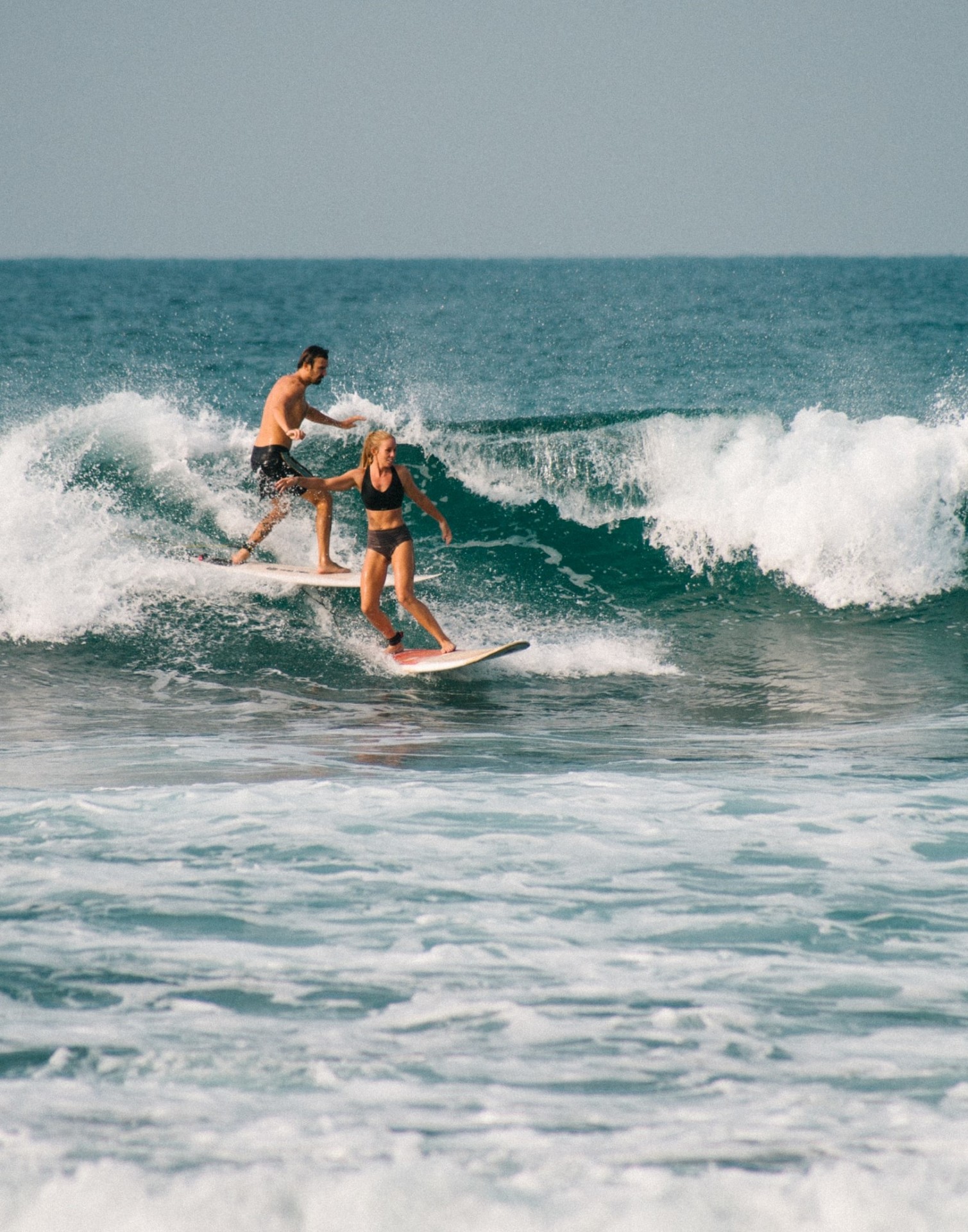
Do Surfers Run Into Each Other? 5 Common Reasons (+8 Tips)
-
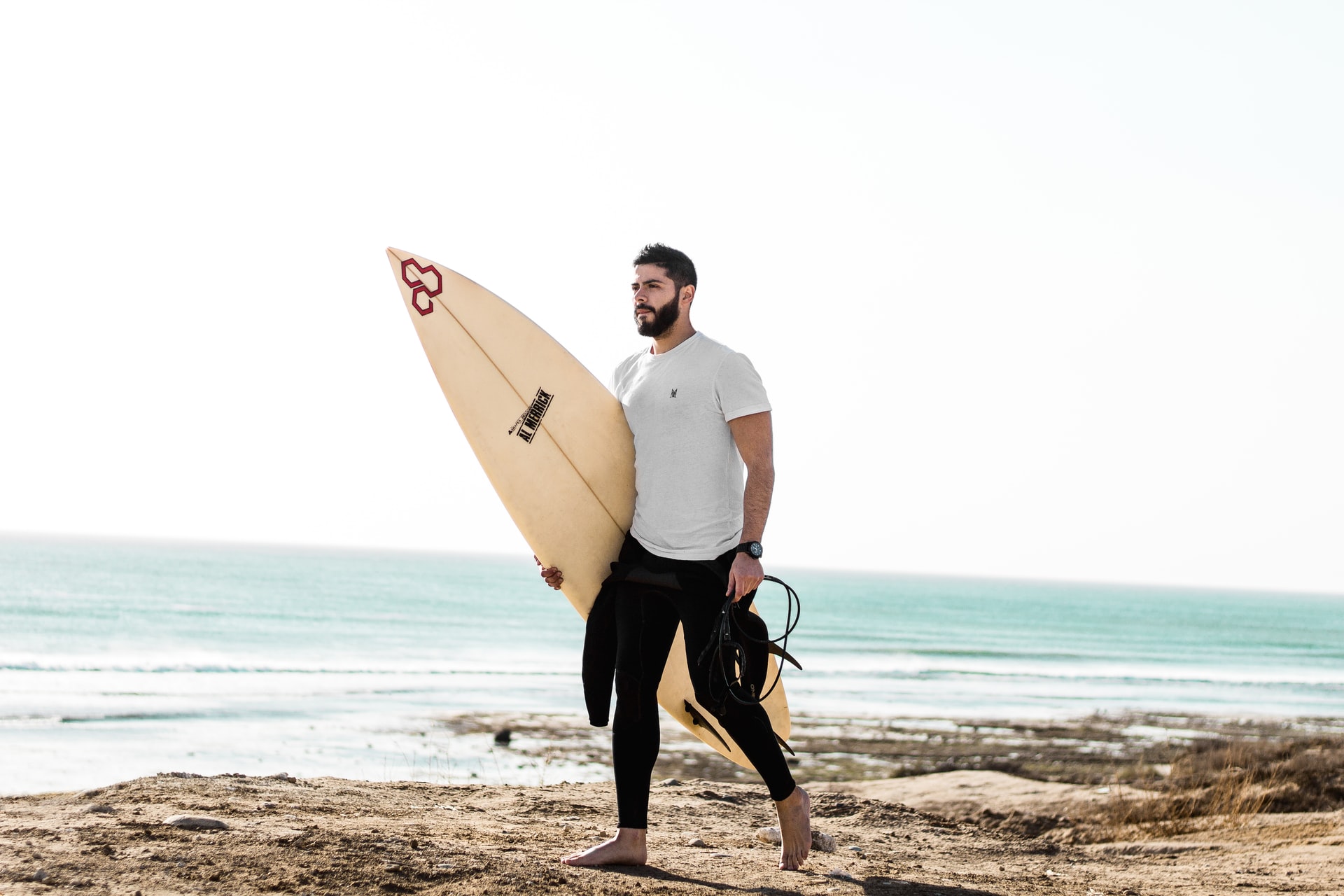
Do Surfers Have Beards? Pros & Cons You Should Know (+4 Tips)
-
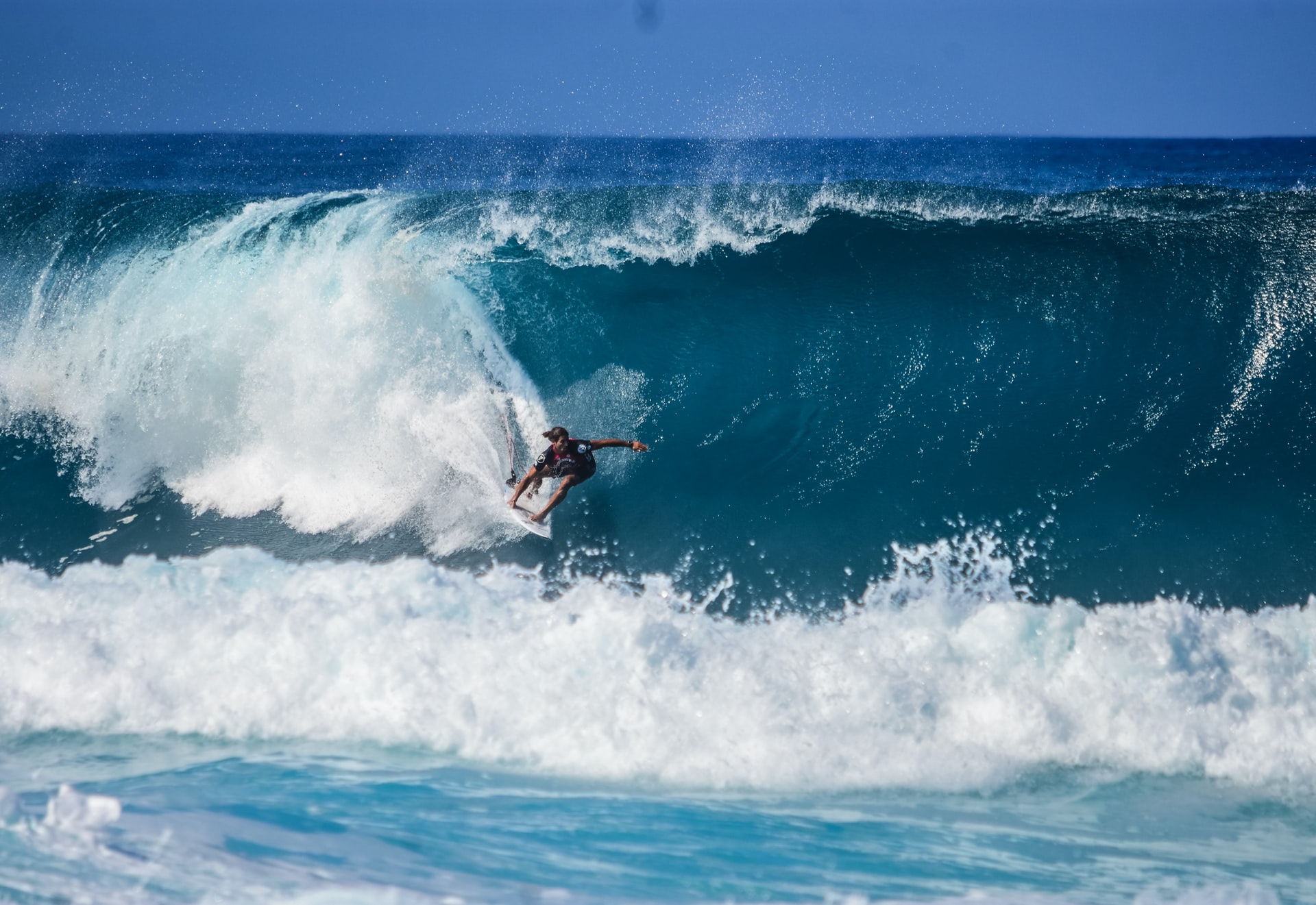
Do Surfers Like Constructive or Destructive Waves? (+Pros & Cons)
-
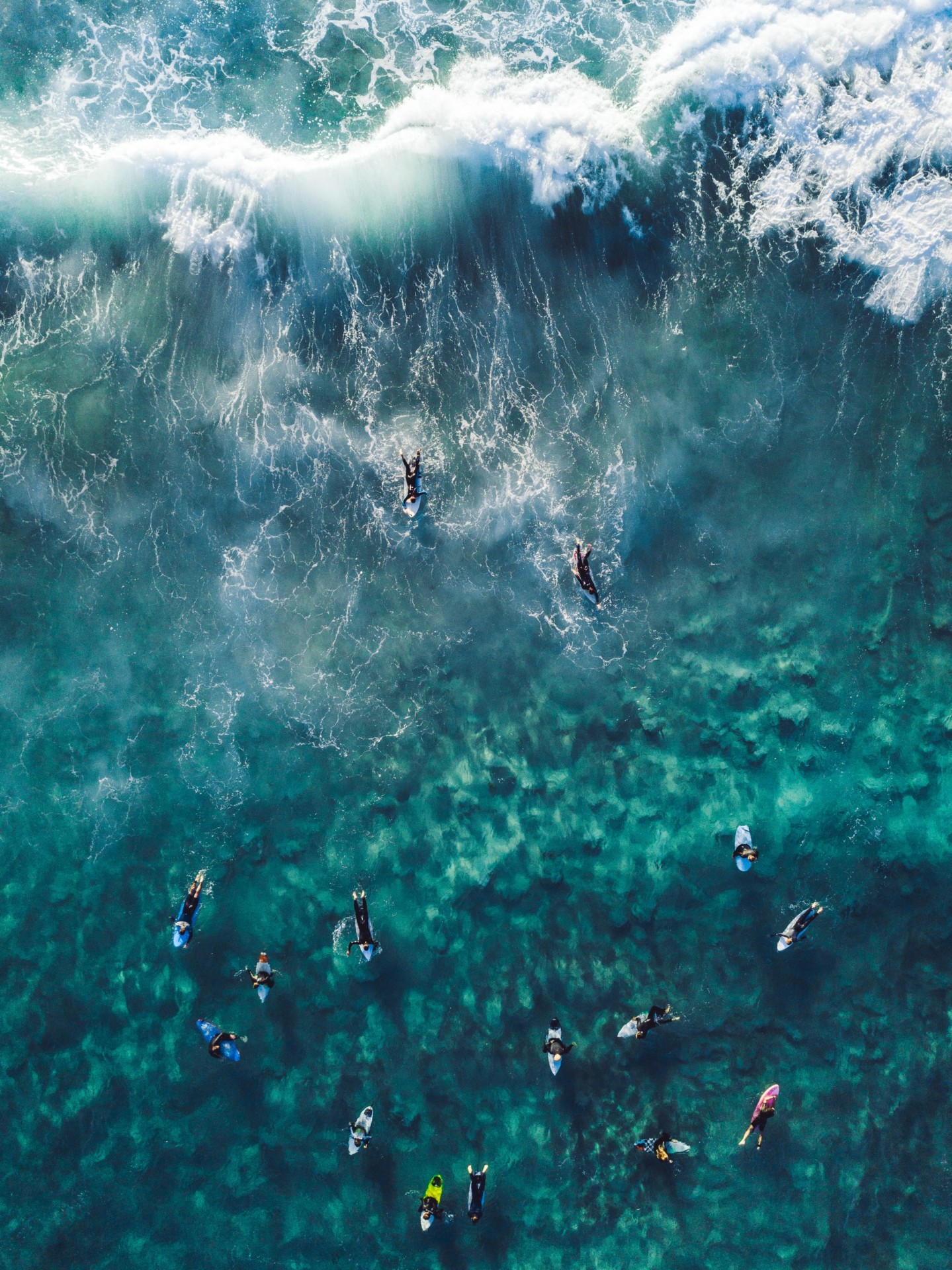
How to Surf Safely: 34 Crucial Tips (Every Surfer Should Know)
-
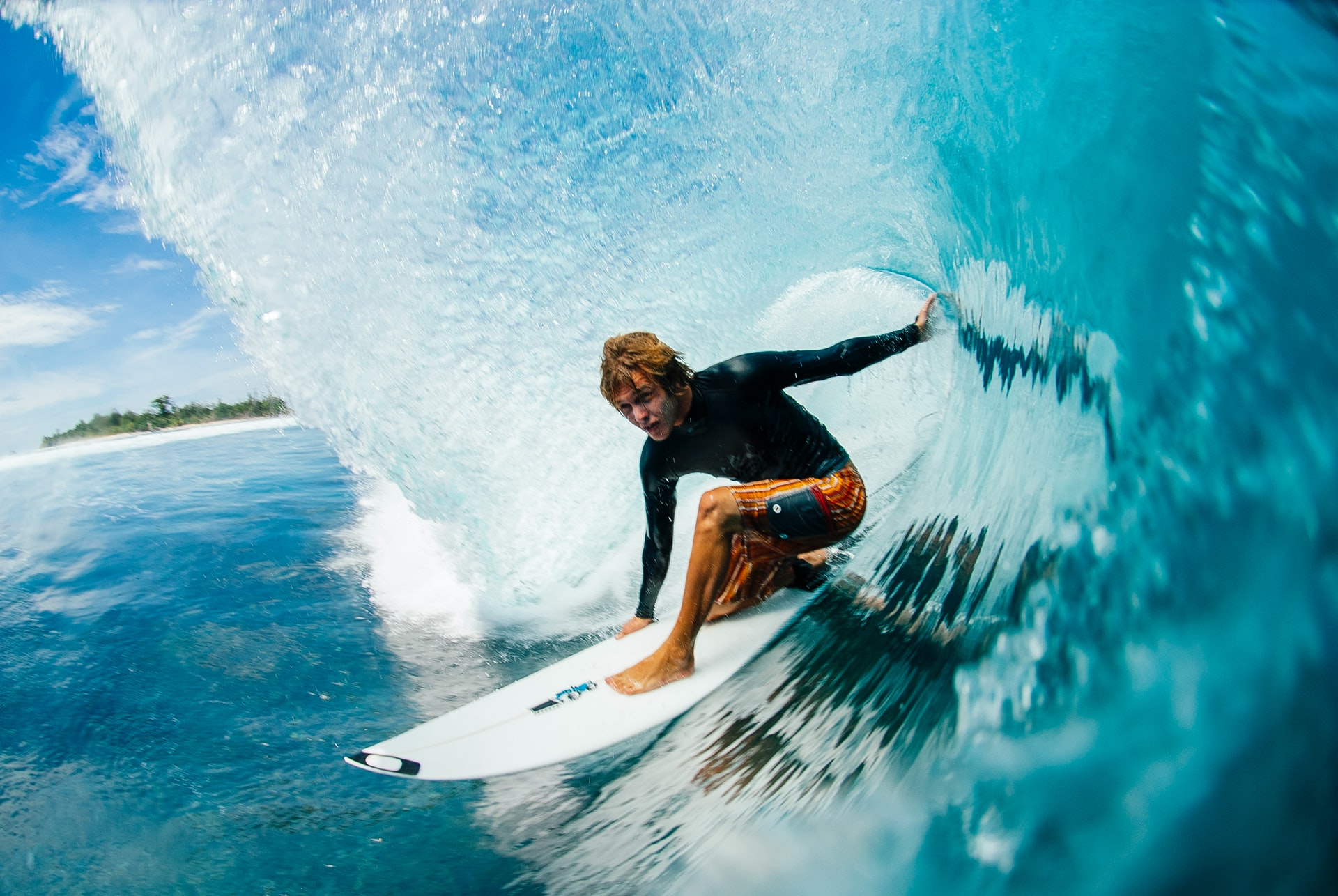
Do Pro Surfers Use Leashes? (+6 Reasons Why You Should Too)
-
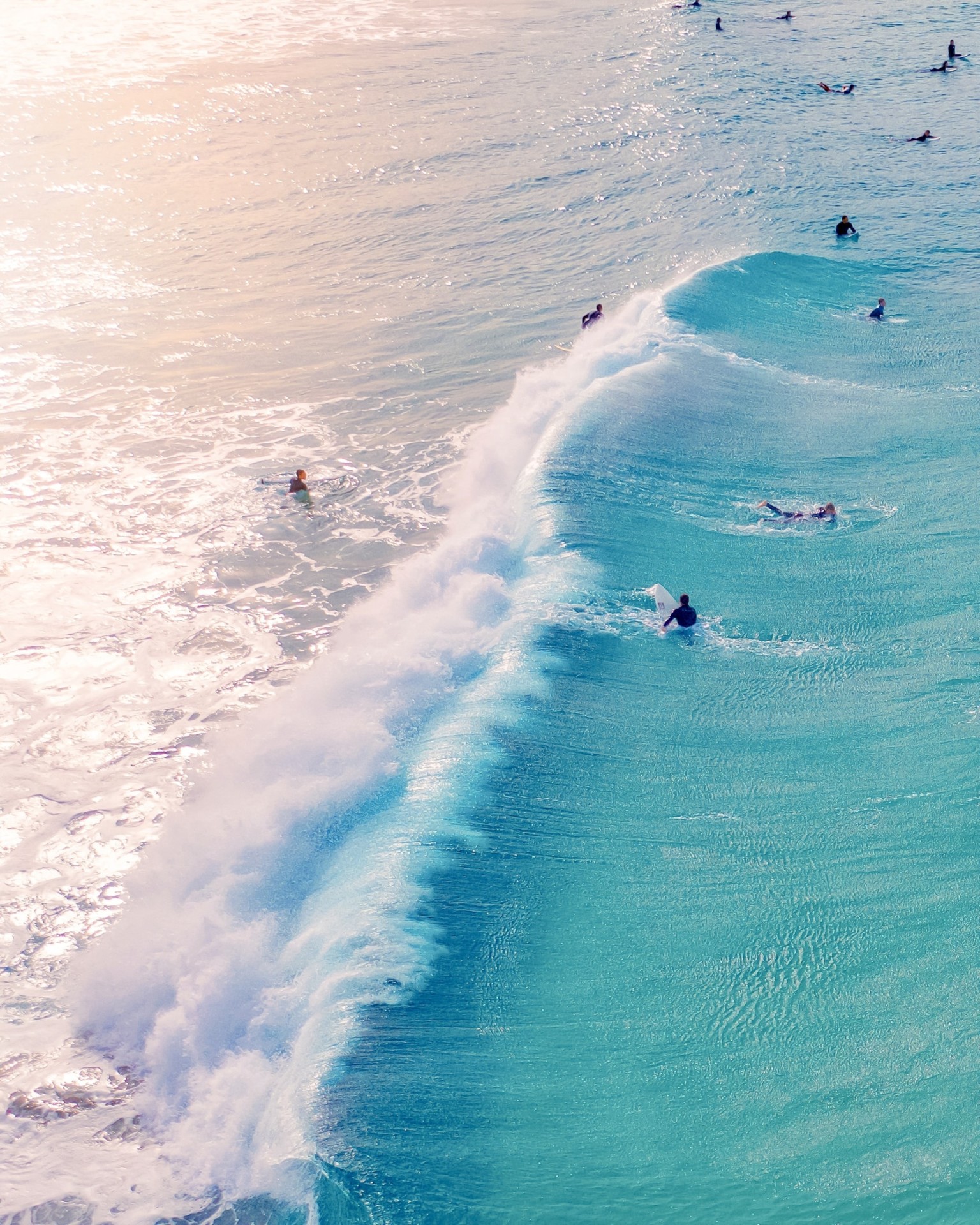
Do Many Surfers Drown? Here Are the Facts (+4 Common Reasons)
-
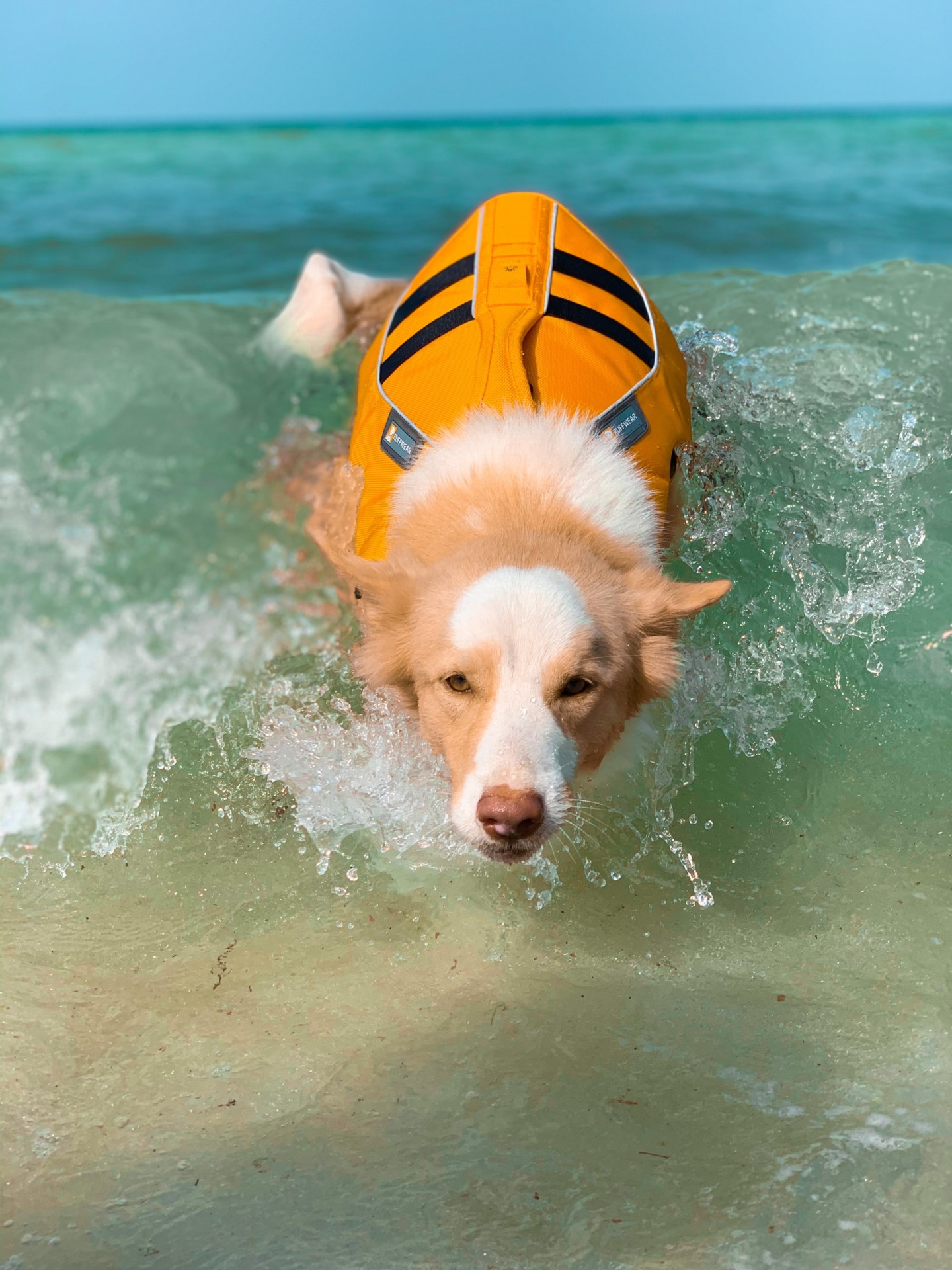
Do Surfers Wear Life Jackets? (7 Reasons Why They Don’t)
-
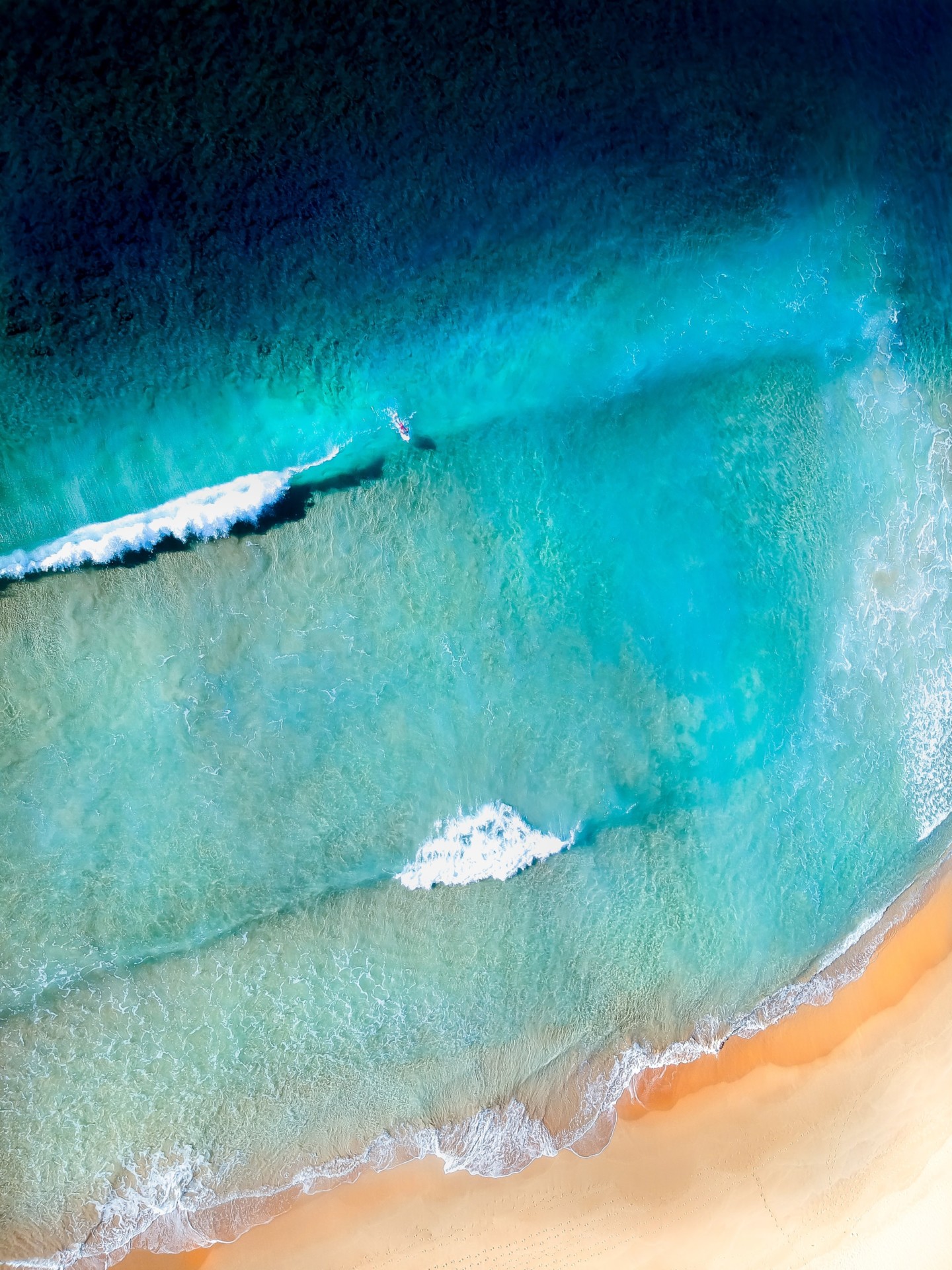
Do Surfers Like Rip Currents? (& How to Use Them Safely)







